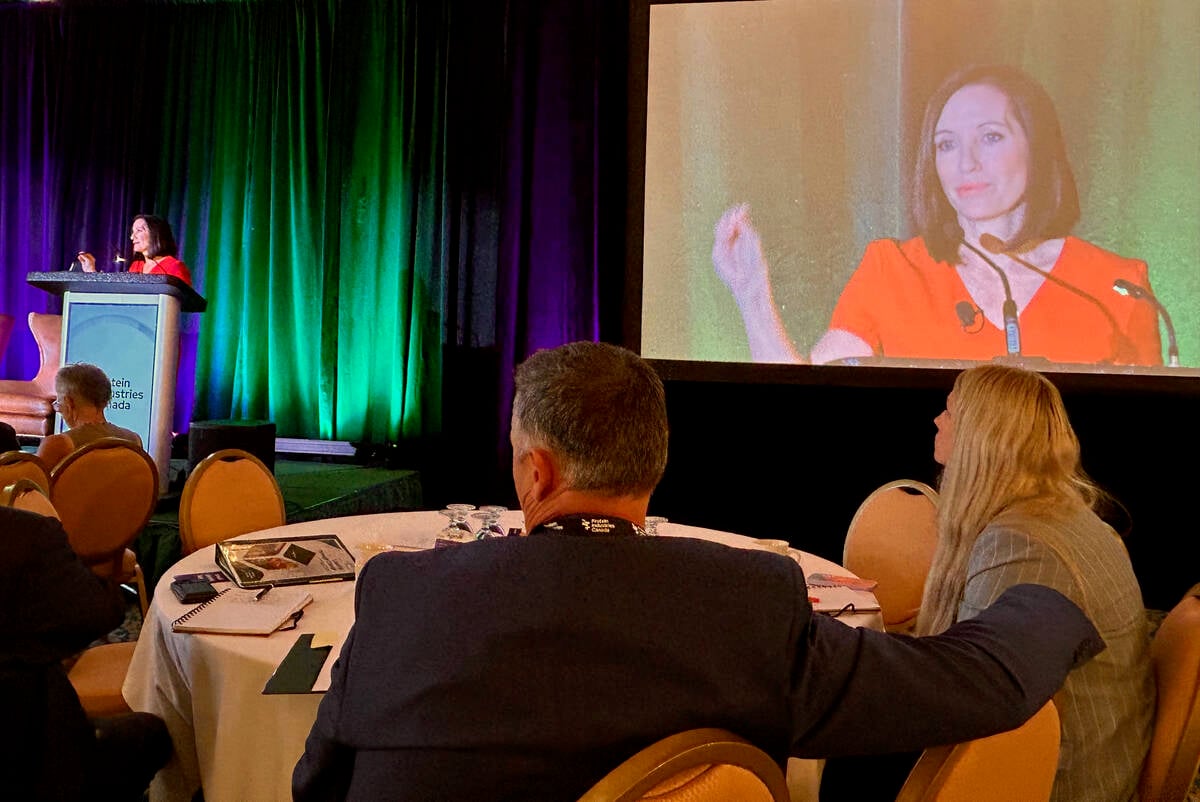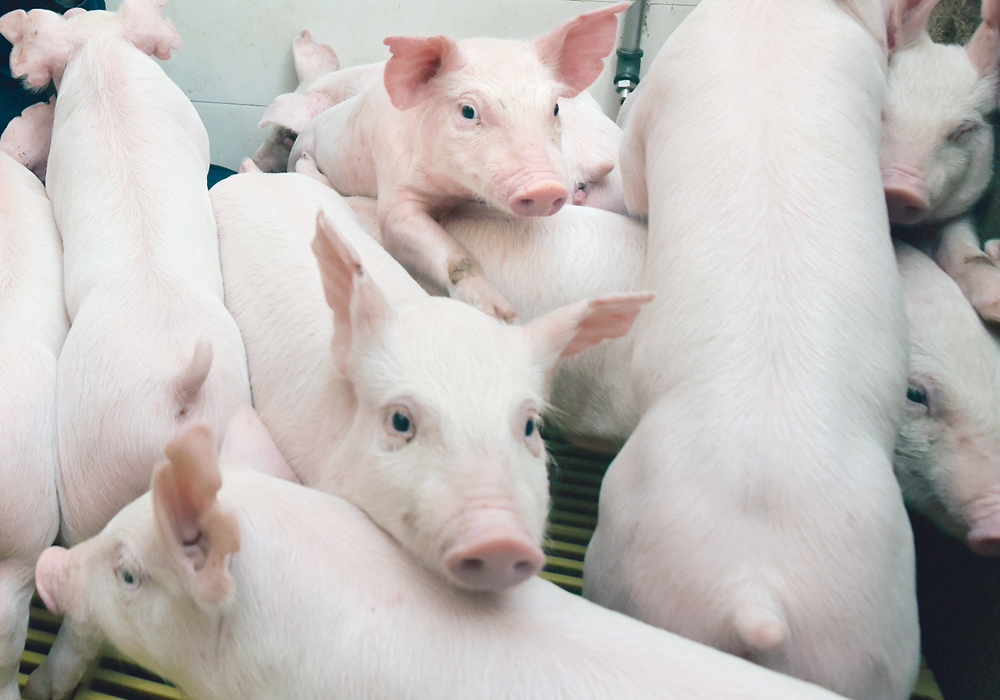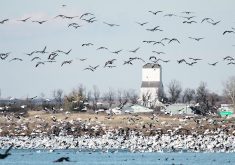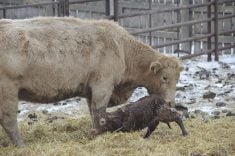The porcine reproductive respiratory syndrome of today isn’t the PRRS of the mid-2000s, but some defences can still fend off unnecessary outbreaks.
Iowa State University veterinary disease expert Daniel Linhares said there are still “some opportunities to break the chain” of PRRS transmission through biosecurity measures many people ignore.
For instance, many operators aren’t careful enough about controlling how many barns and other facilities individual employees visit on an average day.
Many producers don’t know how many other farms their input and service providers visit or what their biosecurity measures are. That’s a risk for importing many pig diseases.
Read Also

Canada told trade crisis solutions in its hands
Canadians and Canadian exporters need to accept that the old rules of trade are over, and open access to the U.S. market may also be over, says the chief financial correspondent for CTV News.
“Those same companies are going from site after site after site, every day,” said Linhares.
This includes the companies that pick up deadstock.
Many operations don’t even clean out their own vehicles after moving or delivering pigs.
“It’s not common to find producers that wash every truck before every load,” said Linhares.
Simple biosecurity measures like restricting exposure to unclean people and machinery can go a long way to slowing the spread of diseases like PRRS, Linhares said.
Beyond that, management is more complex. Research has tracked the virus as it has evolved and morphed and adapted to the North American pig herd.
“It’s a very dynamic picture,” said Linhares.
“It will continue to evolve. That’s a reality.”
In recent years, researchers have noted that PRRS appears to increase in grow-finish barns before a similar surge is seen in sow barns. This might be because the feeder barns are acting as reservoirs for the disease, from which it is spread into the sow and weanling operations.
Grow-finish barns might be at particular risk of spread because American producers tend to have staff and machinery move between multiple facilities, Linhares said.


















